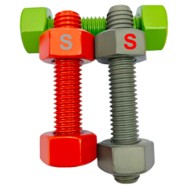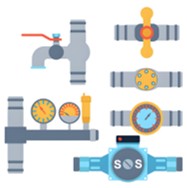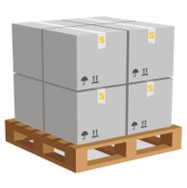
Cracking the code of garment sizing can feel like solving a secret cipher
- Observing your bodily proportions begins correct selection
- Obtain exact bust, waist and hip figures before ordering
- Study the supplier's measurement guide for precision
Avoid trusting tag numbers alone as they mislead often Opt to use your measurements to crosscheck the chart. Developing style is a personal path of testing options.
Unlocking the logic of sizing grids
Sizing chaos in garments troubles customers internationally. Making sense of size matrices can tax the average shopper, because markers vary from maker to maker across markets. Still, simple knowledge and tools let you overcome sizing puzzles.
- Start with understanding the metrics each label applies. Often these include US, UK, European and Asian formats.
- Proceed to compare chest, midriff, hips and measurement of length. Align these dimensions with your own measurements.
- To finish, rely on the retailer's notes for fit exceptions. Labels sometimes provide clarifications, tailoring tips and advice.
Zeroing in on your true fit when browsing
The realm of clothing sizes commonly creates confusion. A medium in one label might read as a small in another. Variation is due to manufacturers adopting personalized charts. Therefore start the process by taking your own precise dimensions. Fetch a soft tape to measure bust, waist and hip circumferences. Avoid assuming your regular size always guarantees fit. Within one label, styles may alter how a size performs. Determining the best fit is a process of trial and adjustment.

Choosing whether to use default sizes or bespoke fit
With items beyond clothing, you decide between common or tailored sizes. There are benefits and drawbacks to either approach. Standard offers convenience and usually lower expense. When uniqueness or precise needs exist bespoke is likely preferable
- Assess your priorities and set a budget before deciding
- Determine exact measurements to inform the selection
- Examine different manufacturers and proposals prior to order
Finally the correct sizing decision is driven by your unique context.
Handling size conversions between countries and brands
Crossing between national and brand size systems can feel like a maze. Fortunately, reference guides reduce the complexity of conversions. Commence by noting the usual clothing and shoe measurement methods. Make use of conversion matrices to reconcile different scales. Realise that personal shape plays a role in choosing size. Also check user feedback and fit comments for real-world clues.
How to decode sizes and pick the right fit
Working through fit tables often seems difficult. Retailers frequently apply their own fit templates, regardless, these suggestions will make finding fit straightforward.
- Begin with correct self-measurement using a flexible tape
- Next, align your measurements with the brand's size table
- Consider your silhouette because form affects fit perception
In the end, trying items on gives the clearest sense of fit.
The ultimate chart for both men's and women's dimensions
E-commerce heightens the challenge of choosing the correct size. So we compiled a wide reference for standard men's and women's sizes. Whether selecting pants, shirts or dresses the guide supports you.
- First, remember that sizing varies by brand and country
- Then, ensure you have waist, hip, bust and shoulder figures on hand
- At last, opt for the larger option if measurements fall in-between
Following this guidance allows you to approach size charts with ease. Hope you find the right fit easily!

Figuring out kids' sizes: guidance for caregivers
Picking the right size for children sometimes seems daunting. Babies and kids develop fast so measurements shift often. Refer to manufacturer measurements rather than age suggestions. Take chest, waist and height measurements to select sizeGetting bust, waist and hip sizes right every time
Finding garments that suit you needs precise body figures. Use a soft measuring tape and a helper for best accuracy. Stay erect with shoulders relaxed and feet shoulder-width apart
Understanding how sizes span from XS up to XXL
The fashion industry's size landscape is often fragmented. Wide inter-brand variation erodes uniformity in sizing. Inspecting size ranges reveals how labels map to measurements. Next we will examine how letters and sizes translate to fit!
Promoting acceptance of all sizes

Embracing different sizes challenges harmful norms. It promotes rejecting constraints that label only one size desirable. Together we can create spaces that foster body comfort and pride.
- Select habits that promote acceptance and healthy self-view Make a habit Size of embracing body positivity in everyday life Make a habit of embracing body positivity in everyday life Make a habit of embracing body positivity in everyday life
- Bear in thought that attractiveness spans diverse body types
- Critique visuals and stories that push a single beauty model
- Choose body positivity and self-acceptance every day
